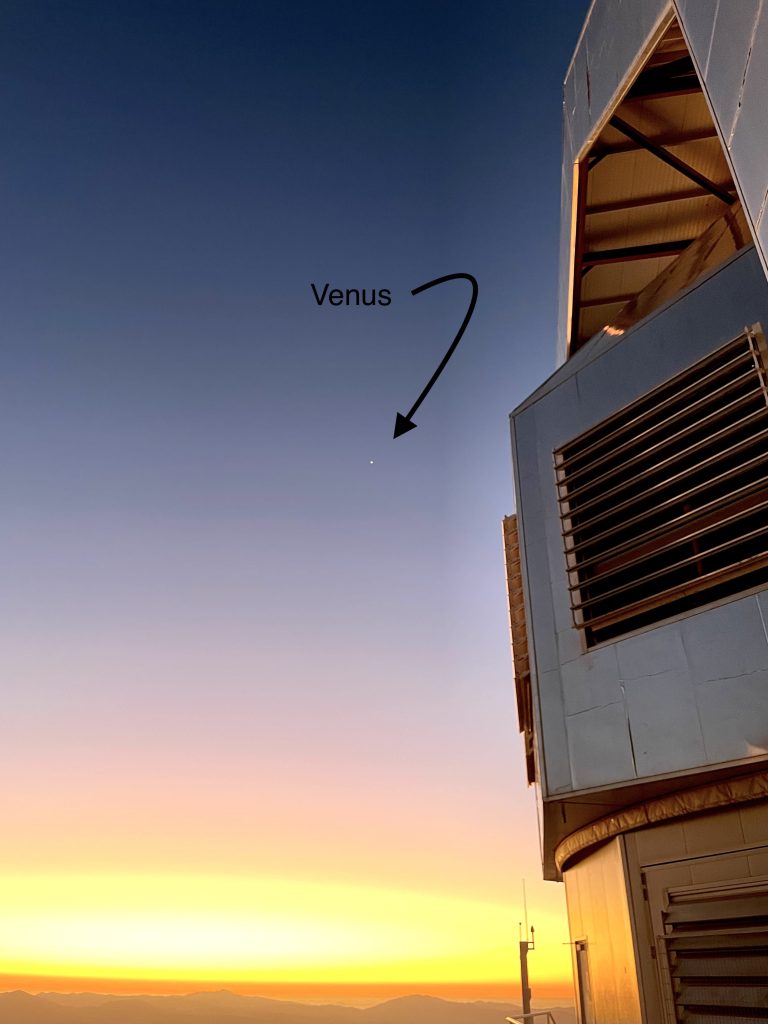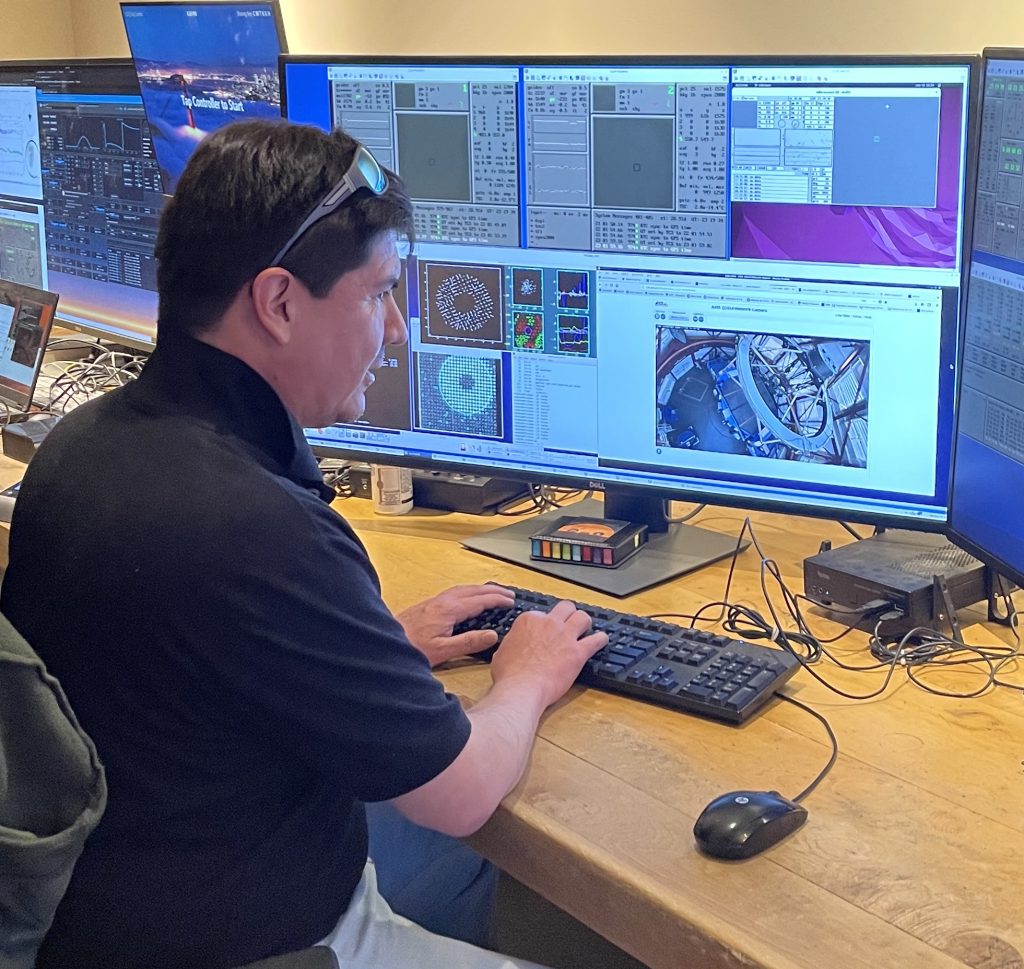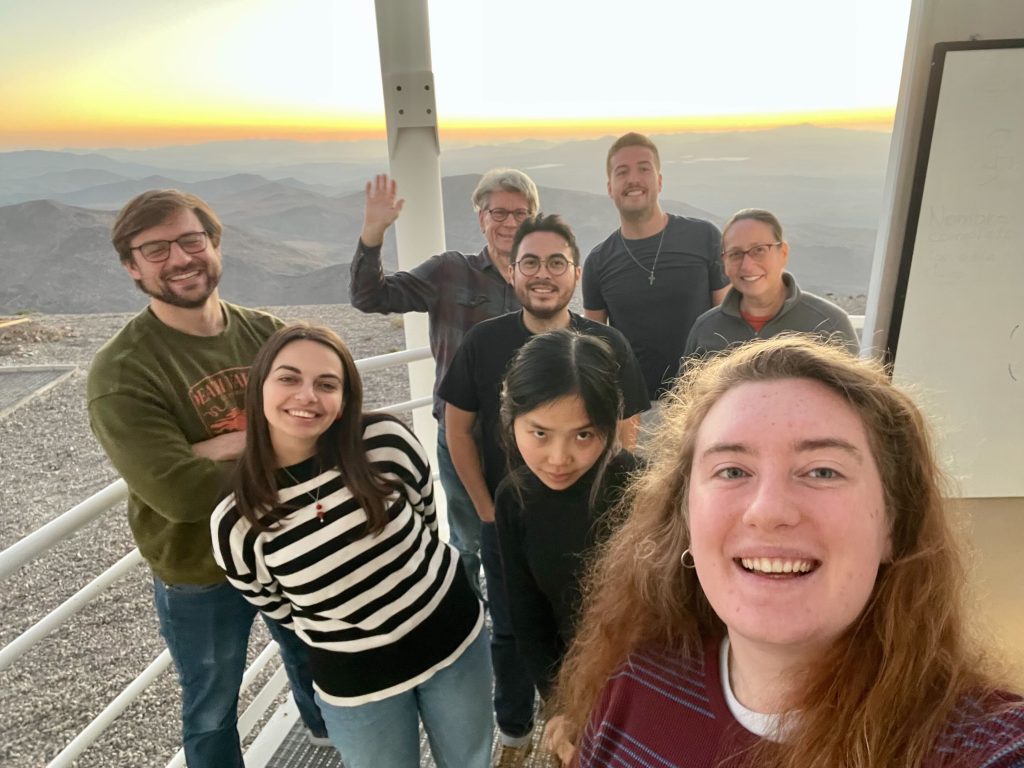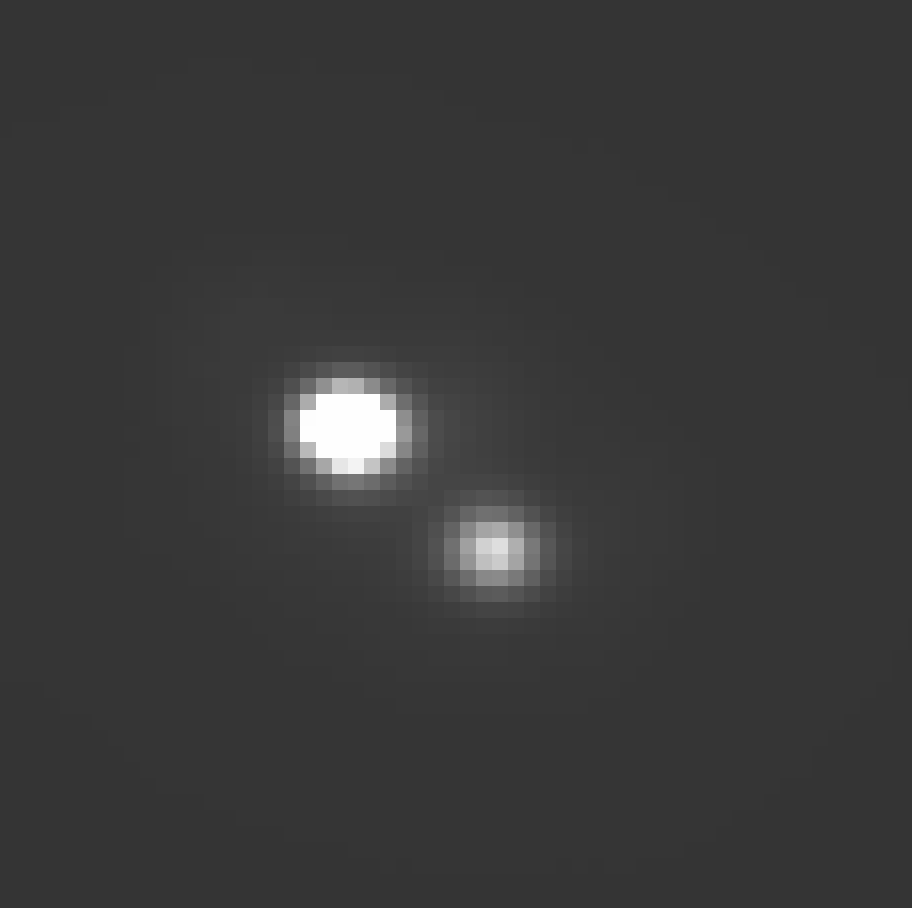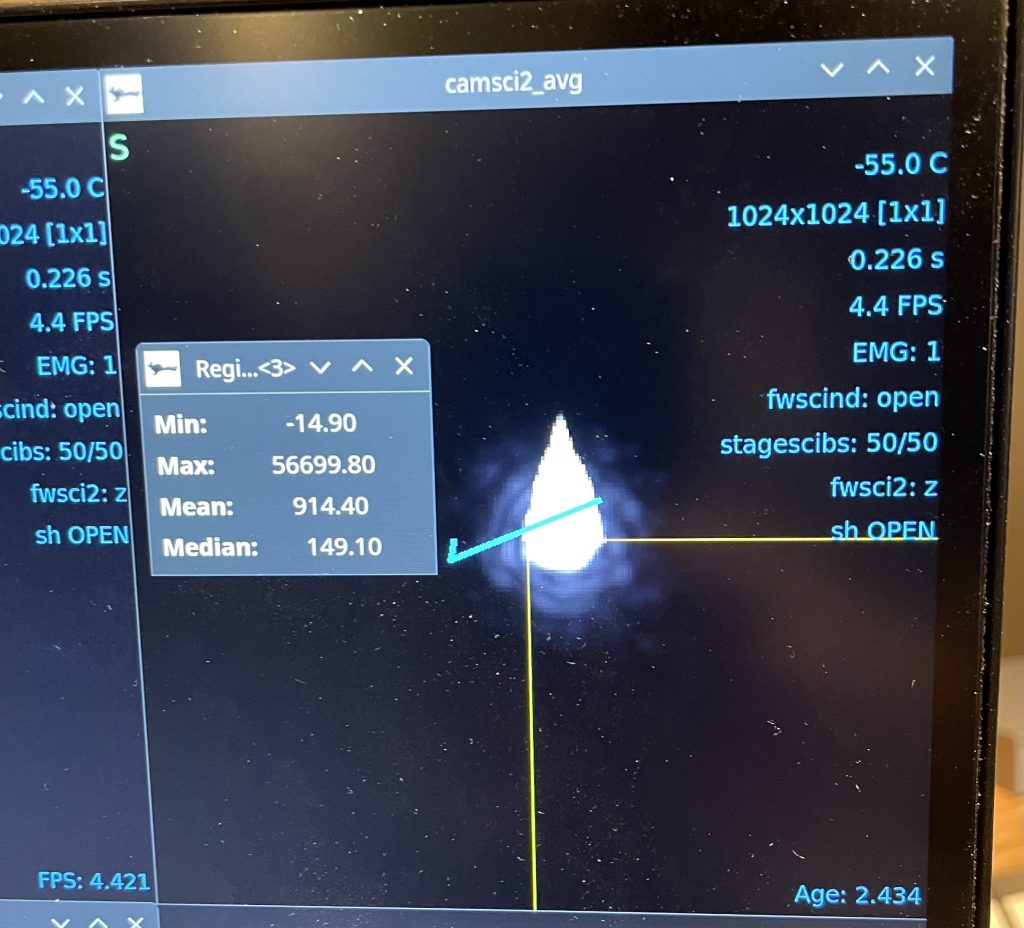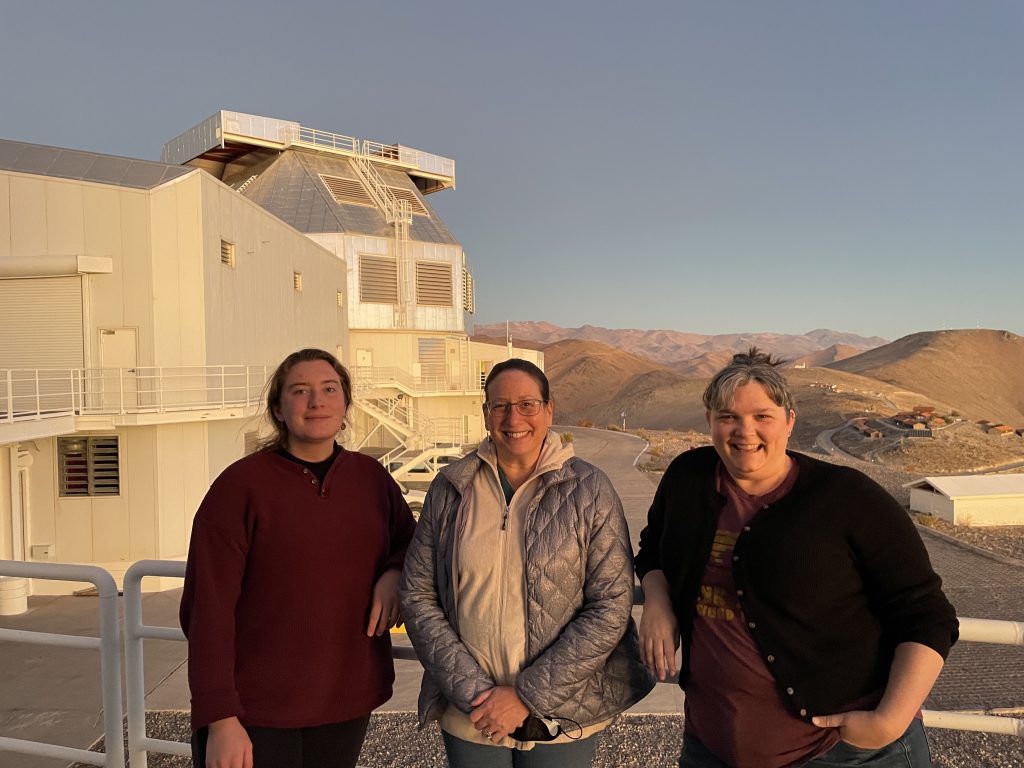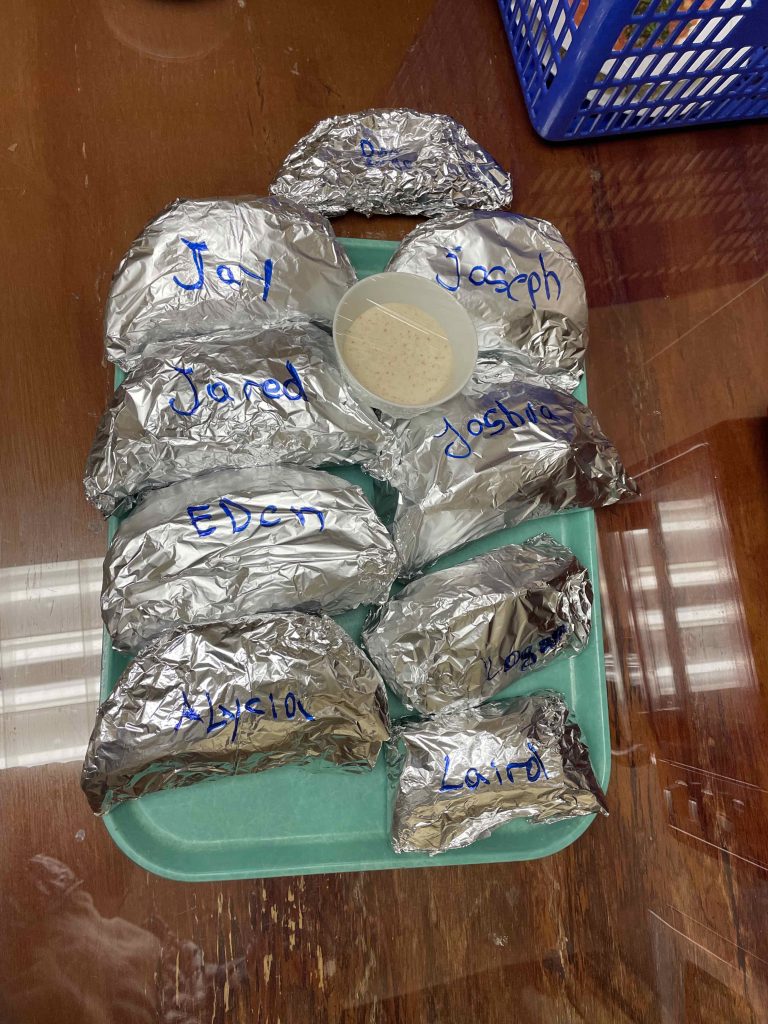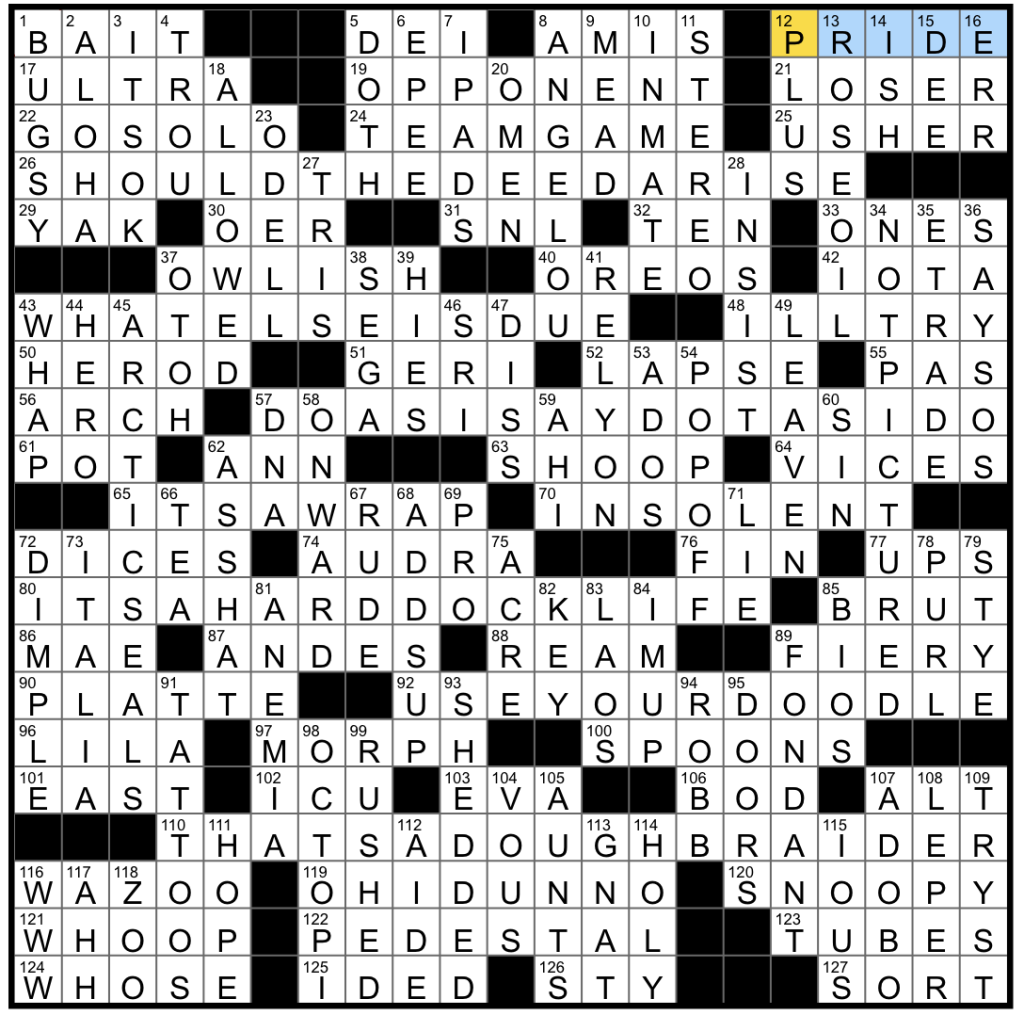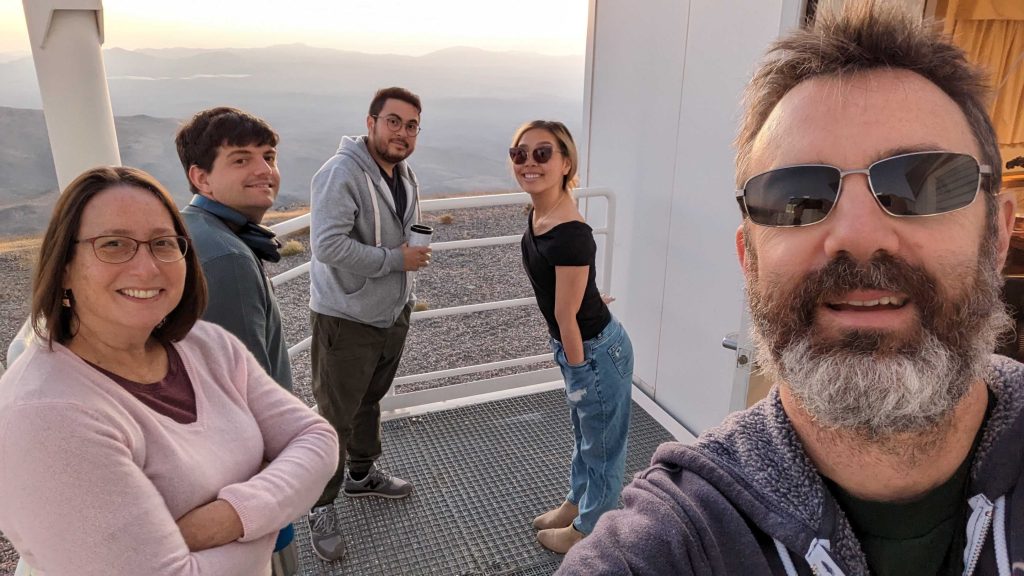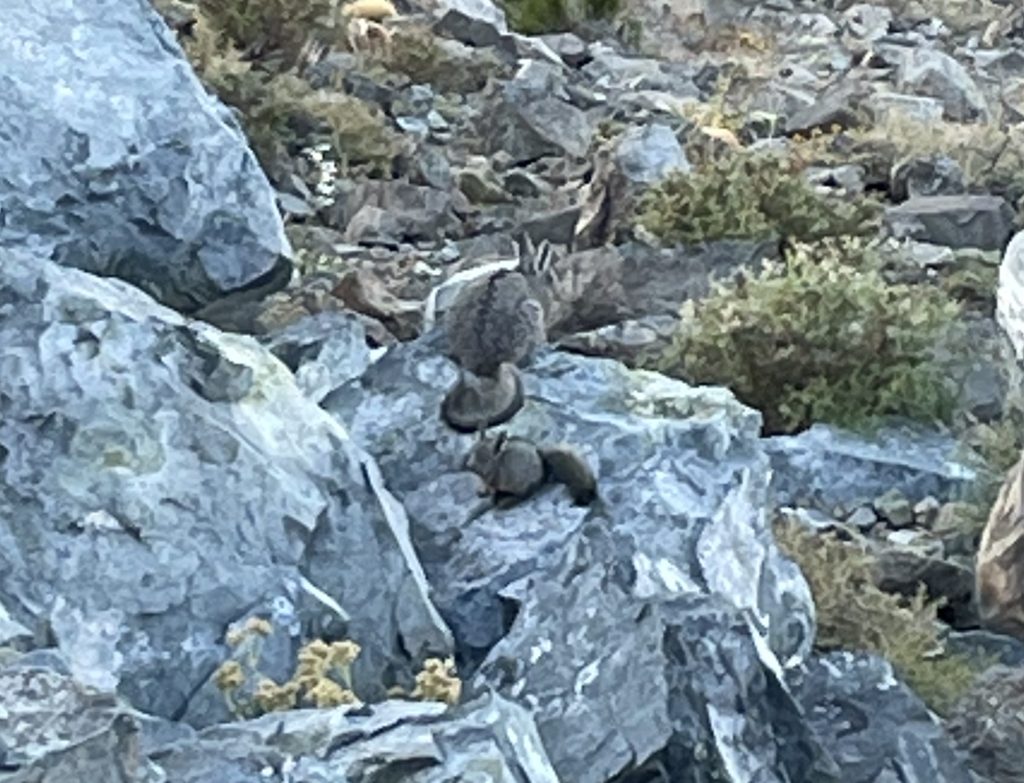We’re all here to figure out puzzles like “Do rocky exoplanets have the same composition as Earth?”, “Do all protoplanets produce Halpha emission as they accrete?”, and “Can our AO system reach the contrast necessary to image low mass planets in reflected light?”
It turns out, we also have a lot of puzzles to solve that we didn’t realize we needed PhDs for, such as, “Why is the attempt to upgrade the AO computer cursed?” and “Why does Joseph no longer think computers are deterministic?”
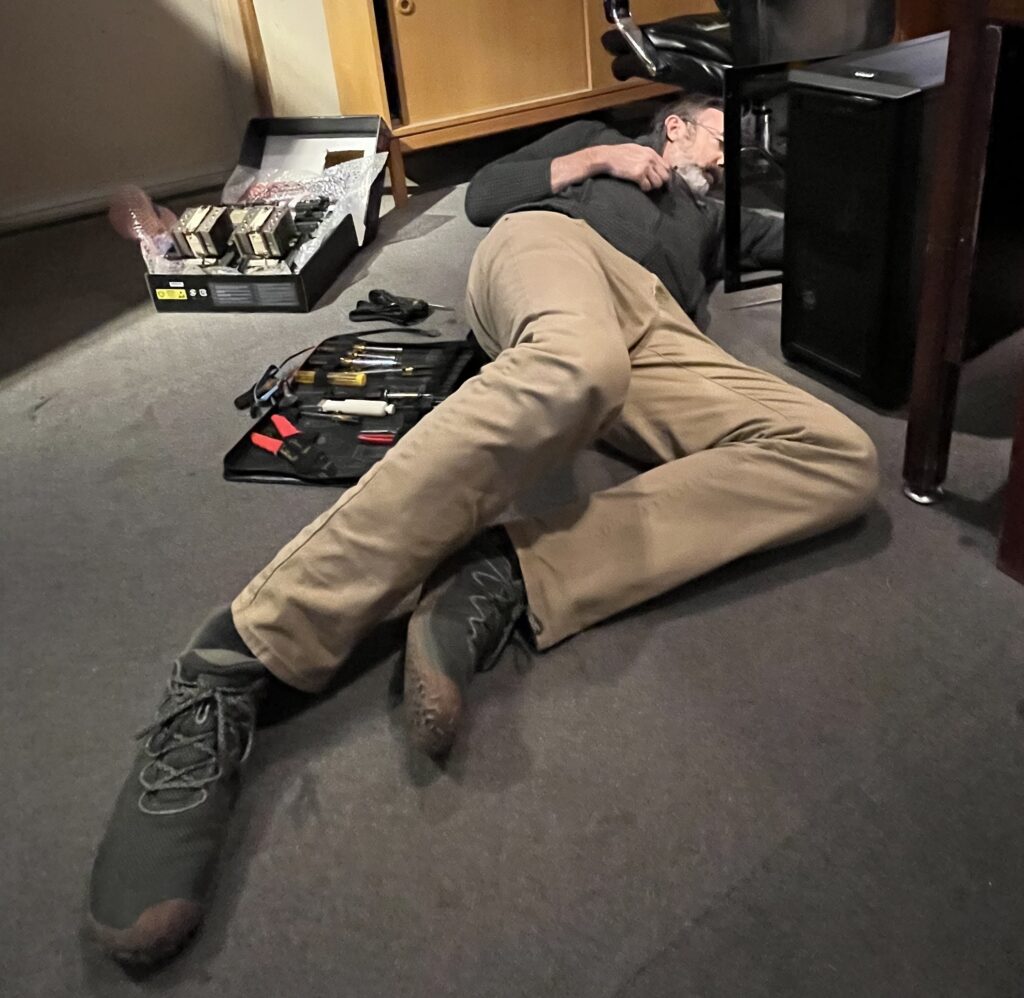
Then there are the questions that make us think we should have gone into philosophy rather than science, such as, “Why do we find clouds so pretty even though we hate them?”
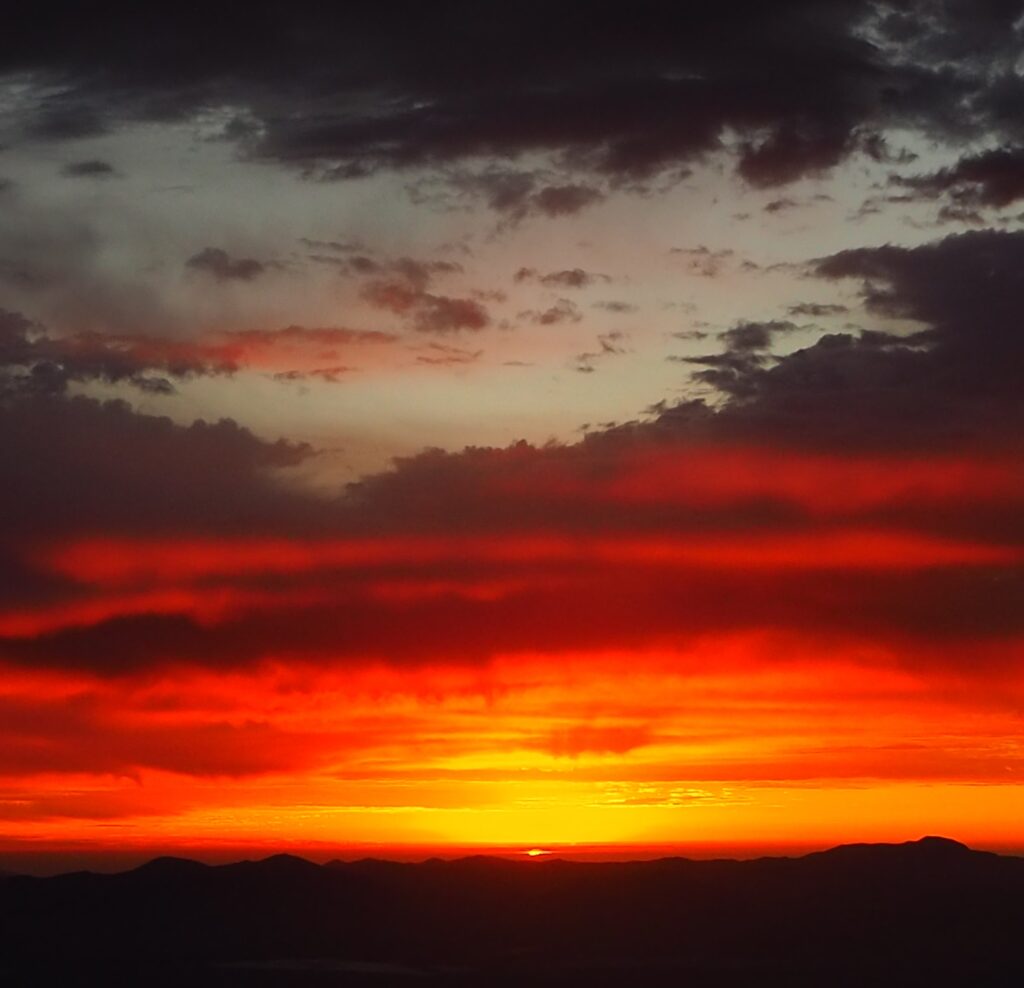
The hardest questions are the deep mathematical ones like, “Why is the seeing when I’m on the telescope always worse than the median?”

And then there are the idle puzzles one wonders about at 2 AM such as, “What is the collective noun for a bunch of graduate students? [my vote is for ‘pile’ as in the P in PhD]”, and “How many snacks does it take to satisfy said pile?”
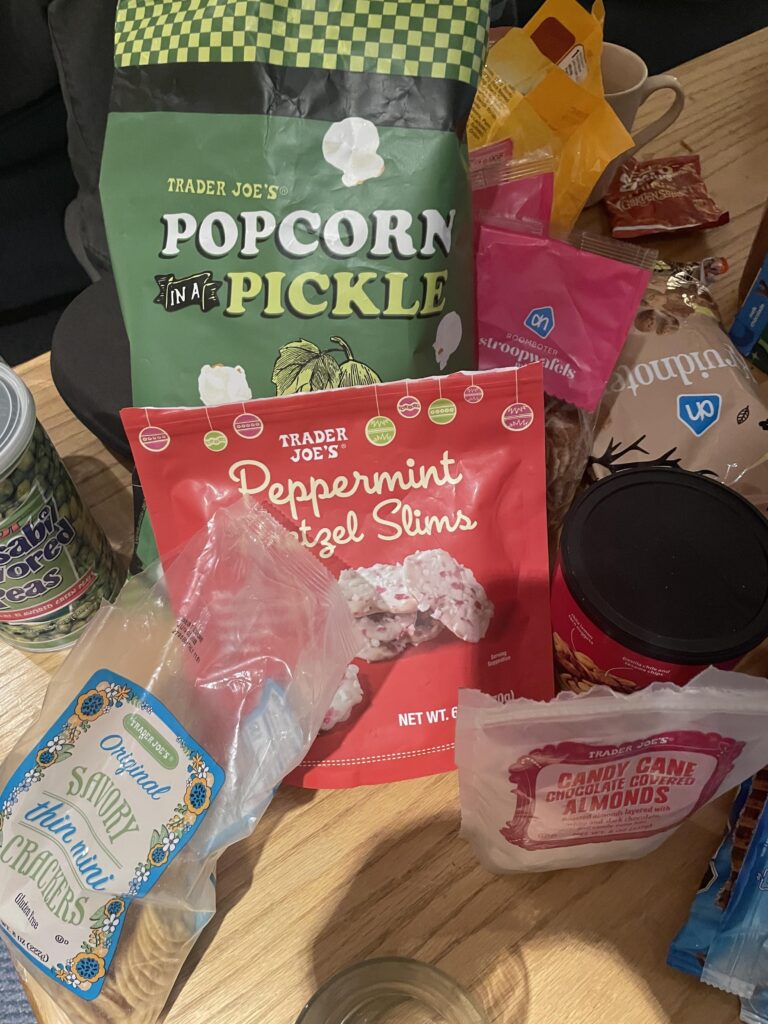
I’m optimistic that all of these questions will be answered in my lifetime.
But when the seeing gets bad or the sky clouds over, the puzzles we really like are the NYT crossword type (see 2024Ab Day 10). I’ve never made a crossword puzzle before. Tonight I experimented with two free grid-creation applications, and my main takeaway is that the folks edited by Will Schortz are quite impressive. Nevertheless, here for your enjoyment is the AO Puzzle:

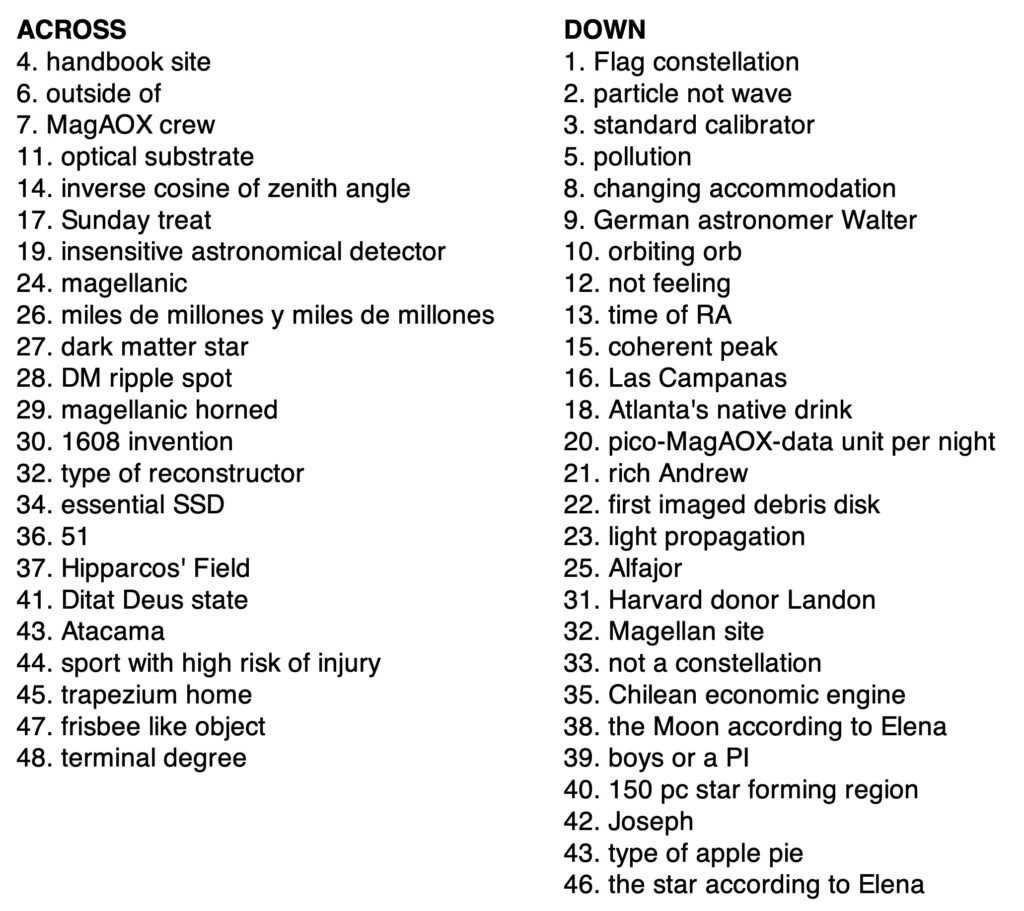
Fact of the Day: A record 889 contestants participated in the 2025 American Crossword Puzzle tournament, which is held every year in Connecticut.
Song of the Day
I finally got a walkup song!

